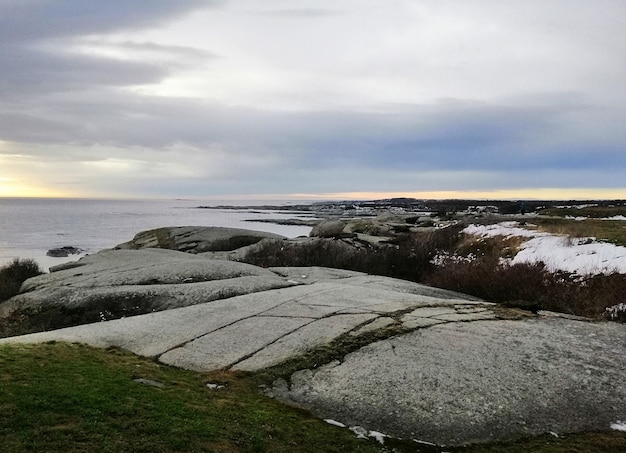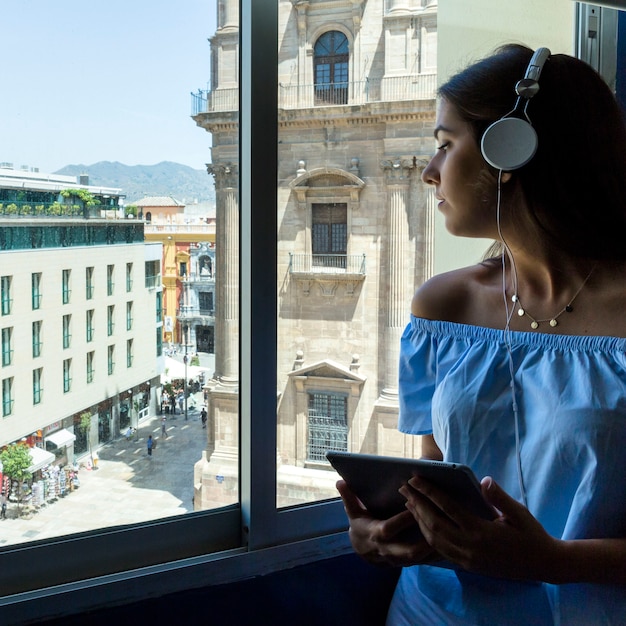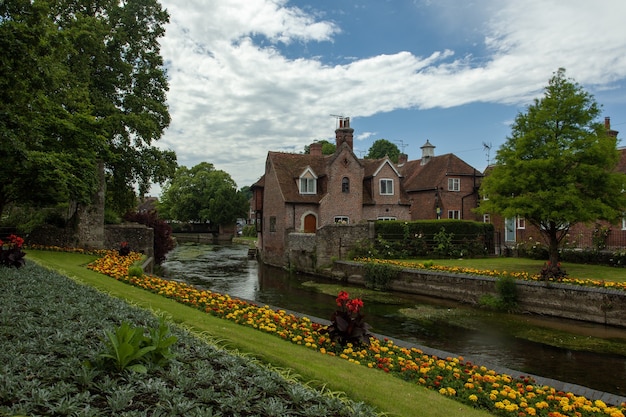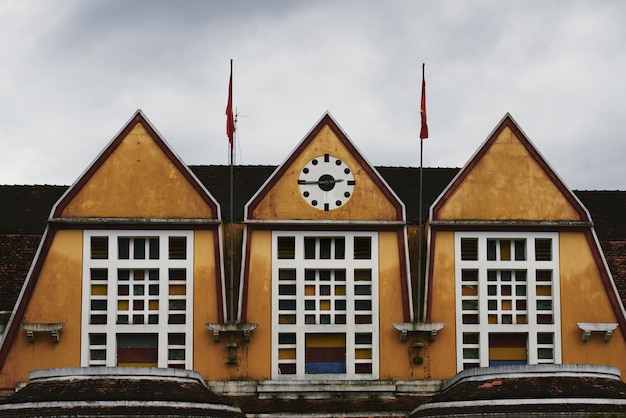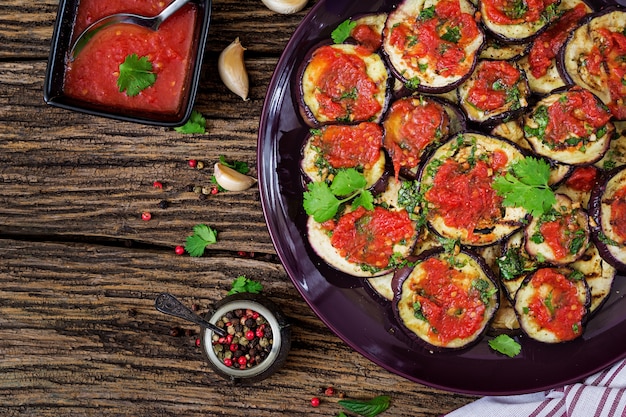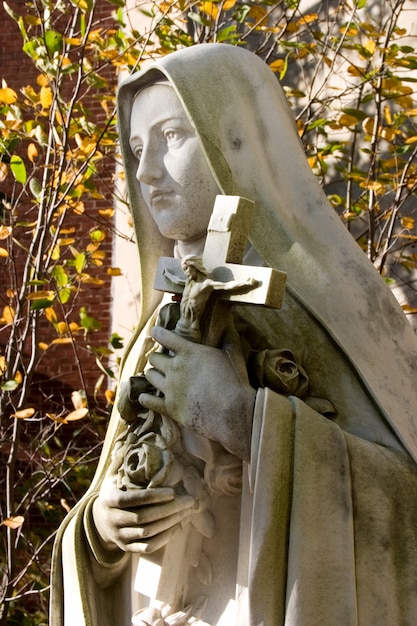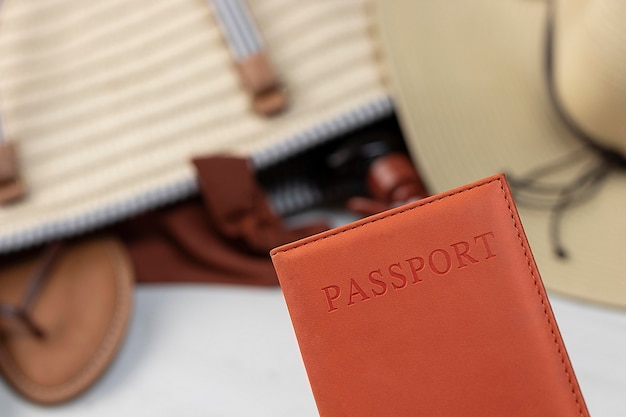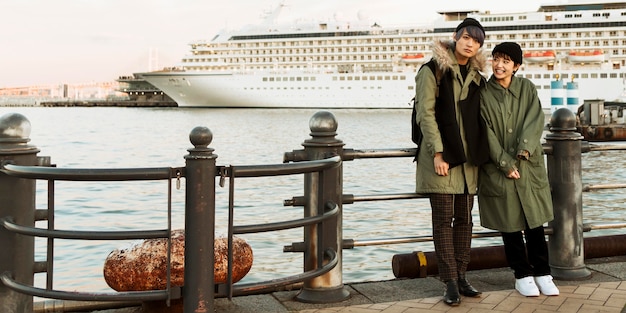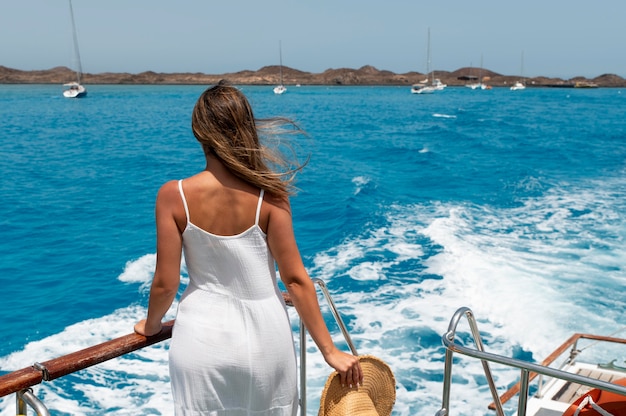
Indonesia, with its more than 120 active volcanoes, is a hotspot for seismic activity. This archipelago, spanning an area as wide as the United States, offers stunning views of volcanoes from almost every angle.
When I first visited Indonesia, I compared my photos to a friend’s taken a few years earlier. Although the landscapes were the same, their features had changed significantly, sparking my fascination with this ever-evolving country shaped by volcanic activity.
Volcanic peaks are visible throughout Indonesia, but to truly appreciate them, you need to hike one. Standing on volcanic rocks, surrounded by ash, you can sometimes feel the earth move beneath you. The sound of a rumbling volcano is like a million old cars trying to start at once.
Each volcano has unique geological features, so it’s worth visiting a few. For instance, the sprawling volcanic complex at Ijen contrasts sharply with the perfect cone of Krakatoa. Calderas, or volcanic craters formed by collapsing magma chambers, can range from a few meters to hundreds of miles in size.
One morning at 3 am, my guide picked me up in a 4×4 and drove us into Bromo Tengger Semeru National Park on Java. We passed a checkpoint confirming no volcanic activity, so we continued safely. We reached a viewpoint to watch the sunrise over the park’s four volcanic peaks. Semeru, the highest peak, erupts every ten minutes, almost like clockwork, with a puff of smoke.
I then hiked for an hour to the rim of Bromo, which lies in a vast sandy plain known as the sea of sands. Walking along this dusty grey landscape, the volcano loomed ahead, with steps cut into the rock. From the rim, I could see the smoking plateau of white ash below. The continuous smoke and loud rumbles startled many visitors.
Nearby, a simple Hindu temple blends into the volcanic landscape. Local Hindus worship the volcano and celebrate Yadnya Kasada each June, throwing offerings into the crater to appease the mountain god.
From Mount Ijen’s peak on a clear day, you can see Bali. Part of an extensive volcanic landscape, Mount Ijen is the active volcano within the Ijen caldera, the largest on Java. I started my climb at 5 am, guided by the full moon’s light. After an hour, I reached a camp where locals offered tea, coffee, and biscuits. Another hour’s climb brought me to a narrow ridge overlooking the caldera.
During my visit, smoke covered the caldera, creating a spooky atmosphere. If you’re lucky, the smoke clears to reveal a turquoise lake, its color due to high acidity levels from hydrothermal waters rising from magma chambers below. The lake-side solfatara, where sulphurous gases burn with a neon blue light upon meeting oxygen, is a unique feature.
Sulphur miners start work at 2 am, descending steep paths into the volcano to hew chunks of sulphur, carrying them in baskets on their shoulders. It’s dangerous work, with many miners carrying more than their body weight in sulphur.
Descending the volcano in daylight, I saw the lush landscape covered in trees and shrubs. Volcanic ash breaks down into fertile soil, creating some of the most productive land on earth.
On Bali, Mount Batur rises above a landscape marked by craters from past eruptions. It sits between two merged calderas containing a crescent-shaped lake. From the viewpoint, you can see villages and roads winding around the lake. Bali attracts many visitors, so Batur can get busy. My guide suggested visiting at sunset when the volcano steams more, adding to the ambiance. The climb is gentler than other peaks, taking about two hours along well-marked paths. From the summit, you can see the lake and villages stretching across the caldera.
While waiting for sunset, my guide prepared a meal using a traditional oven made from a volcanic vent. We enjoyed hard-boiled eggs with rice and noodles, followed by cooked bananas with chocolate for dessert.
Krakatoa is the most unique volcano I’ve visited. On the boat journey from Java’s mainland, my guide explained its history. In 1883, a massive eruption split the island of Krakatoa into four smaller islands. The eruption’s noise is considered the loudest sound recorded in human history.
We visited Anak Krakatoa, the ‘child’ of the original volcano. As we approached, its neat cone shape rose from the sea. We set up camp on the beach, surrounded by barren black volcanic rock, with a small forest on the island’s east side.
Hiking up the volcano, we followed a safe route through a desolate wasteland. Volcanic rock changes color with age, marking each eruption. We stopped at a viewpoint, the highest safe point, with the smoking peak in the distance. The view was one of the best I’ve seen – an undisturbed panorama of Anak Krakatoa’s sister fragments in the ocean.
Nearby Rakata island shelters dazzling coral. A short boat ride brought us to its coast, where steep maroon lava walls rise above the water. Below the surface, vibrant coral thrives, nourished by the lava. Turtles glide over the coral, and neon-striped angel fish dart between them.
For convenience, fly into Singapore rather than Jakarta. Singapore offers a modern, English-speaking city with excellent transport, making it an easy introduction to Southeast Asia. Despite its modernity, Singapore has temples and colonial architecture intertwined with skyscrapers. Explore restored colonial mansions, botanical gardens, or sample local dishes in hawker markets.
End your volcano hiking trip with a few nights on Bali’s Sanur beach. Sheltered by a reef, it offers calm waters, relaxed beach bars, and serene sunsets. Freshly caught fish is sold at tiny stalls along the coast. For a longer beach stay, consider island hopping to Lombok, east of Bali, with quieter beaches and luxury hotels.
For the best experience, visit from late April to October when the skies are clear and there’s little rain. July and August can be busy, especially on weekends. For sunrise volcano visits, bring a warm jacket and layers, as temperatures can drop to 5°C (41°F). A scarf or balaclava can protect your face from ash if it’s windy. Wear walking shoes with good grip and use climbing poles for steep sections. And, of course, keep your camera handy for incredible photos.
Mat Hall is a Travel Specialist for Audley Travel, offering tailor-made trips based on your tastes, interests, and budget, with a commitment to quality travel experiences.
